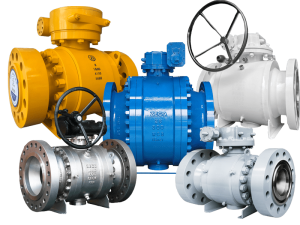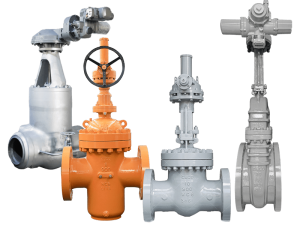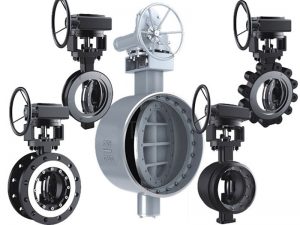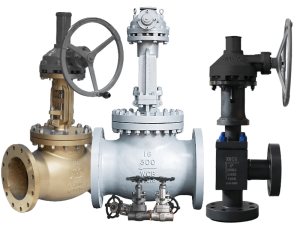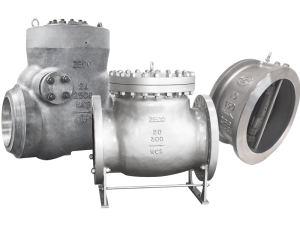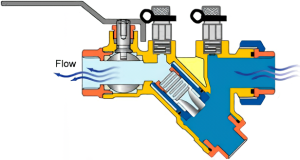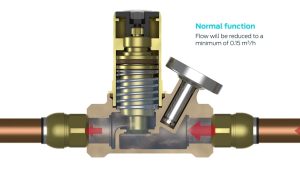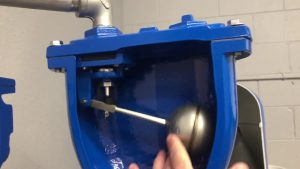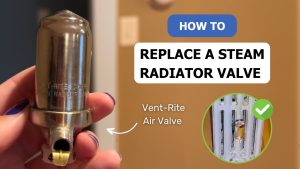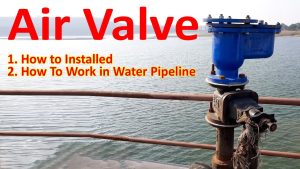Ever looked at a pneumatic system and wondered what those weird valves with three connections actually do?
I get it. When I first started working with compressed air systems, 3-way valves seemed like some kind of engineering black magic. But here’s the thing: once you understand how a 3 way air valve works, they’re actually pretty simple.
In fact, these little devices are the workhorses of pneumatic automation. They control everything from factory robots to the air brakes on trucks.
Today, I’m going to break down exactly how a 3 way air valve works. No complicated engineering speak. Just simple, practical info you can actually use.
Let’s dive in.
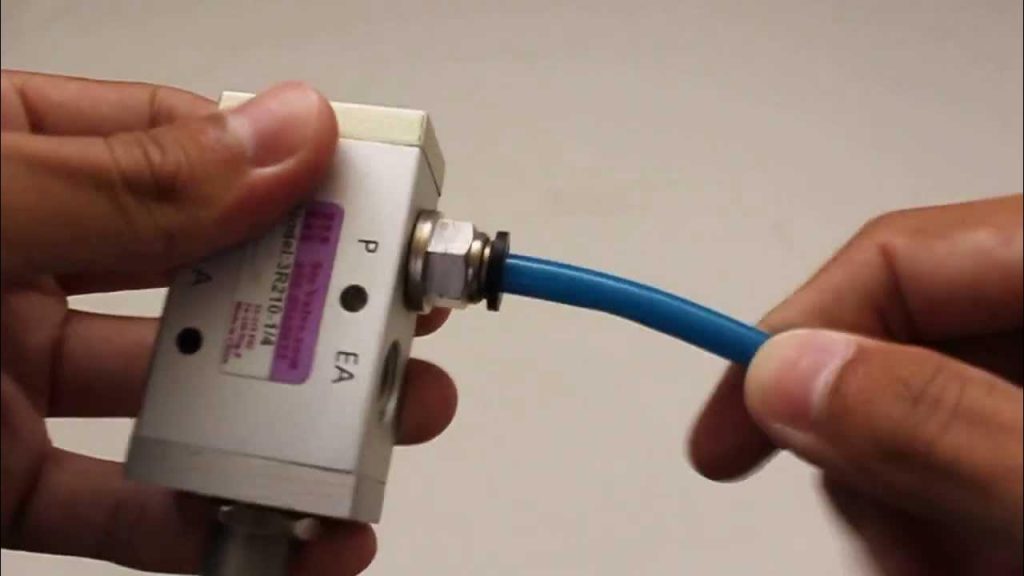
Table of contents
- What Is a 3-Way Air Valve Anyway?
- The Two Main Types of 3-Way Air Valves
- How Does a 3 Way Air Valve Work?
- Real-World Applications (Where You’ve Seen These Without Knowing)
- Choosing the Right Valve (Don’t Make These Mistakes)
- Installation Tips That’ll Save You Headaches
- Troubleshooting Common Problems
- Advanced Control Strategies
- Making the Right Choice for Your Application
What Is a 3-Way Air Valve Anyway?
First things first.
A 3-way air valve is basically a traffic controller for compressed air. It has three ports (hence the “3-way” name) and directs airflow between them.
Think of it like a Y-intersection on a road. Traffic can go from one road to either of two others, depending on how the traffic light is set.
Same deal with a 3-way valve.
The three ports are usually labeled:
- P (Pressure): Where compressed air enters
- A (Actuator): Where air goes to power your device
- R or E (Exhaust): Where used air escapes
Pretty straightforward, right?
The Two Main Types of 3-Way Air Valves
Here’s where it gets interesting.
There are two main configurations of 3-way valves:
Normally Closed (NC) Valves
This is the most common type I see in industrial applications.
When the valve is “at rest” (not energized):
- Pressure port is blocked
- Actuator port connects to exhaust
- Your pneumatic cylinder stays retracted
When you energize it:
- Pressure port opens to actuator port
- Exhaust port closes
- Compressed air flows to your device
Normally Open (NO) Valves
These work the opposite way.
At rest:
- Pressure flows to the actuator
- Exhaust is blocked
When energized:
- Pressure is blocked
- Actuator connects to exhaust
I’ve found NC valves are way more common. Why? Safety. If power fails, most systems want to vent pressure rather than maintain it.
How Does a 3 Way Air Valve Work?
Now for the fun part.
Inside a 3-way valve, you’ll typically find one of two mechanisms:
Spool Design
This is what you’ll see in most industrial valves.
Picture a cylinder that slides back and forth inside the valve body. This cylinder (the spool) has carefully machined grooves that create different flow paths as it moves.
When the spool shifts:
- It blocks one port
- Opens another
- Creates a new pathway for air
The beauty? It’s super reliable. I’ve seen spool valves run for millions of cycles without failing.
Poppet Design
These use a different approach.
Instead of a sliding spool, poppet valves use spring-loaded discs that pop open or closed. Think of it like the valves in your car engine, just way smaller.
The advantage? They seal better than spool valves. The downside? They’re usually limited to smaller flow rates.
Real-World Applications (Where You’ve Seen These Without Knowing)
Here’s the cool part.
3-way valves are everywhere. You’ve probably interacted with dozens of them today without realizing it.
Single-Acting Cylinders
This is the bread and butter application.
A single-acting cylinder only needs air pressure to move in one direction. A spring returns it to the starting position.
The 3-way valve controls this perfectly:
- Energize = extend cylinder
- De-energize = spring returns cylinder
I see these in everything from automated doors to industrial presses.
Pneumatic Actuators
Ball valves, butterfly valves, you name it. If it’s pneumatically actuated, there’s probably a 3-way valve controlling it.
The valve directs air to open or close the actuator. Simple as that.
Blow-Off Applications
Need to clear chips from a machine? Remove dust from a product?
3-way valves excel here. They can quickly switch between supplying air for the blow-off and venting when done.
Choosing the Right Valve (Don’t Make These Mistakes)
After years of specifying these things, I’ve learned what matters.
Flow Capacity
This is mistake #1 I see.
People pick a valve that’s too small for their application. Result? Slow cylinder movement or inadequate blow-off force.
Check your:
- Required flow rate (SCFM or liters/min)
- Valve’s Cv rating (flow coefficient)
- Port sizes
Pro tip: When in doubt, go one size bigger. The cost difference is minimal, but the performance improvement can be huge.
Response Time
How fast does your valve need to switch?
Standard solenoid valves: 10-50 milliseconds
High-speed valves: Under 10 milliseconds
Air-piloted valves: 50-200 milliseconds
For most applications, standard speed is fine. But if you’re doing high-speed sorting or safety functions, pay attention to this spec.
Environmental Considerations
Where’s the valve going?
Indoor, clean environment? Standard valve is fine.
Washdown area? Get IP65 or better.
Explosive atmosphere? You need intrinsically safe or explosion-proof.
I learned this the hard way when a standard valve failed in a food plant washdown area. Not fun.
Installation Tips That’ll Save You Headaches
Over the years, I’ve seen every installation mistake possible. Here’s how to avoid them:
Port Orientation Matters
Always check which port is which before connecting.
Most valves have tiny labels (P, A, R) cast into the body. But they’re easy to miss. I’ve seen experienced techs connect them backward.
Result? Cylinder extends when it should retract. Oops.
Filtration Is Not Optional
Compressed air is dirty. Like, really dirty.
Install a 5-micron filter upstream of your valve. Minimum.
Skip this, and you’ll be replacing valves way sooner than necessary. Contamination is the #1 valve killer I see.
Mount It Right
3-way valves can usually mount in any orientation. But here’s the thing:
Mount them for easy access. You will need to service or replace them eventually. Don’t bury them behind other equipment.
Also, use the mounting holes. Don’t just let them hang from the tubing. Vibration will eventually cause leaks or failures.
Troubleshooting Common Problems
When a 3-way valve acts up, it’s usually one of these issues:
Valve Won’t Switch
First, check the obvious:
- Is it getting power? (Test with a meter)
- Is the voltage correct? (12V, 24V, 110V?)
- Are the connections good?
If electrical is fine, the valve might be stuck. Try manually actuating it (most have a manual override button).
Slow Operation
This almost always means low air pressure or restricted flow.
Check:
- Supply pressure (should be within valve’s rated range)
- Filter condition (might be clogged)
- Tubing size (undersized tubing restricts flow)
Leaking
Internal leaks (cross-port leakage) mean worn seals. Time for a rebuild or replacement.
External leaks are usually loose fittings or damaged port threads. These you can often fix without replacing the valve.
Advanced Control Strategies
Once you’ve got the basics down, you can do some clever things with 3-way valves.
Speed Control
Add flow controls to the exhaust port. This lets you control cylinder speed independently in each direction.
I use this all the time for:
- Soft-close doors
- Controlled pressing operations
- Shock absorption
Pressure Regulation
Install a regulator between the valve and cylinder. Now you can control force as well as motion.
Great for:
- Delicate assembly operations
- Variable clamping force
- Testing different pressure settings
Multiple Valve Circuits
Connect multiple 3-way valves to create complex motion patterns.
Example: Two valves can control a double-acting cylinder, giving you more control options than a single 5-way valve.
Making the Right Choice for Your Application
Bottom line?
Understanding how a 3 way air valve works opens up a world of pneumatic control possibilities. These simple devices are the building blocks of automation.
Whether you’re designing a new system or troubleshooting an existing one, the principles stay the same:
- Know your flow requirements
- Choose the right valve type (NC or NO)
- Install it properly
- Maintain it regularly
Master these basics, and you’ll be amazed at what you can accomplish with compressed air.
The best part? Once you understand one 3-way valve, you understand them all. The principles are universal, whether it’s a tiny $20 valve or a massive industrial unit.
So next time you see a pneumatic system, take a closer look at those 3-way valves. Now you know exactly what they’re doing and how they work.
Pretty cool, right?

